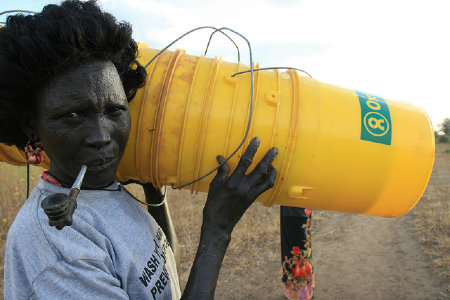 submitted by Albert Gomez
submitted by Albert Gomez
good.is - by Rosie Spinks - September 6, 2012
When disaster strikes a place like Haiti, Somalia, or Indonesia, the response in the developed world usually follows a similar trajectory: massive aid appeal from local NGOs supported by celebrity faces, a large influx of funds from reliably generous Americans, and an eventual petering out of urgent media coverage in the ensuing weeks.
While media coverage of international tragedies may appear to reach saturation levels at times, the story of how those aid dollars affect local economies is not so well told.
“After a disaster, there is more money [from donors] than you can shake a stick at,” says Howard Sharman, senior consultant for the UK-based relief project Advance Aid.
(READ COMPLETE ARTICLE)
Recent Comments